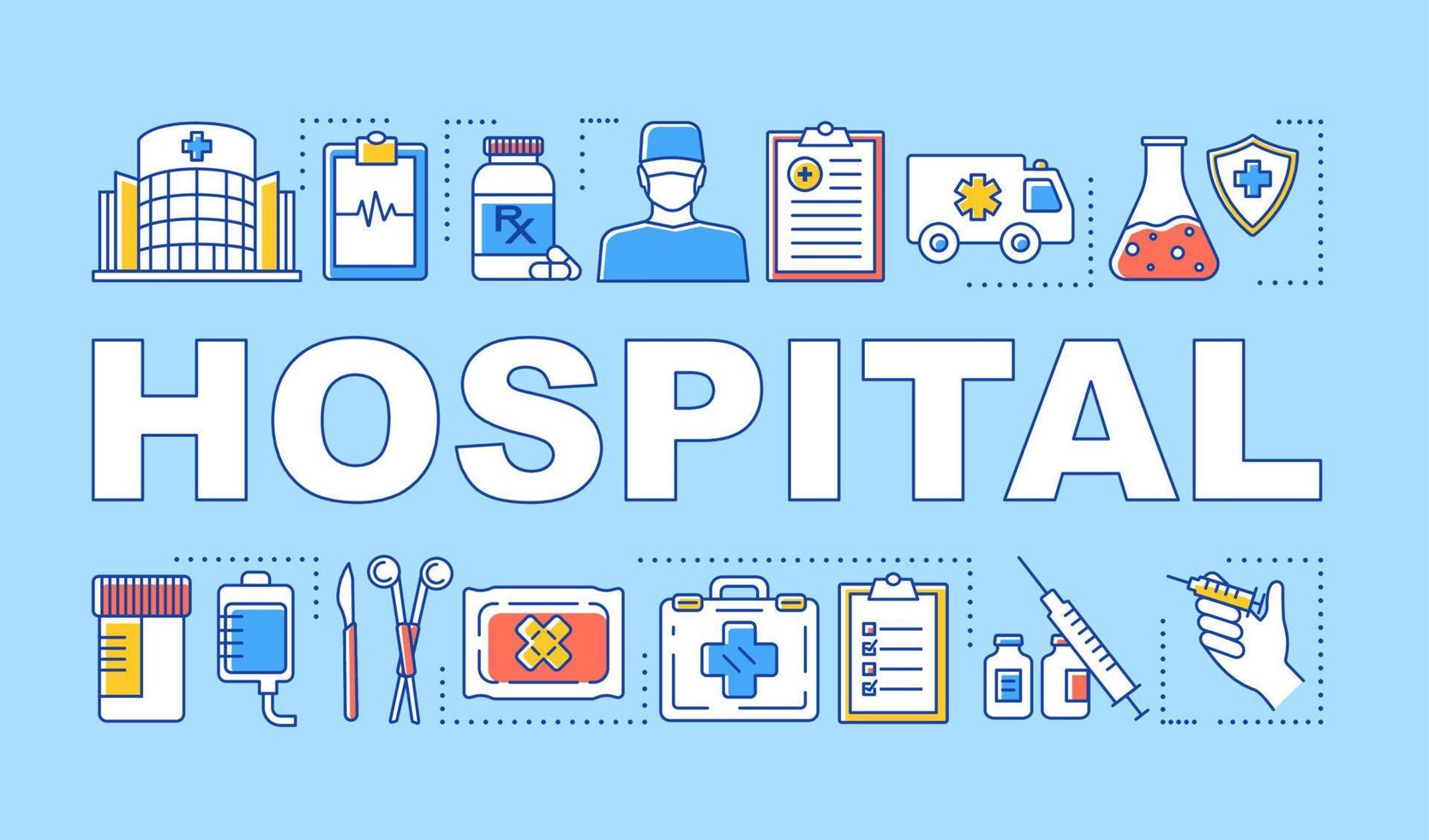Successful collaboration in the medical supply chain is critical to ensuring the timely, efficient, and secure delivery of healthcare products, from pharmaceuticals to medical devices. Here’s a structured approach to achieving effective collaboration:
1. Establish Clear Communication Channels
-Real-time Data Sharing: Use digital platforms (e.g., ERP, blockchain, IoT) for real-time inventory tracking and demand forecasting.
-Stakeholder Alignment: Ensure hospitals, manufacturers, distributors, and regulators communicate seamlessly (e.g., through cloud-based dashboards).
-Unified Standards: Adopt common data formats (e.g., GS1 for product identification, HL7 for healthcare data exchange).

1. Medical Consumables (Largest Share)
– Syringes, infusion sets, medical catheters, suturing materials
– Medical dressings (gauze, bandages, etc.)
2. Diagnostic Equipment
– CT Scanner, MRI, X-ray Machines
– Ultrasound diagnostic devices
– Blood pressure monitors
– Thermometers
– Pulse oximeters
3. Therapeutic Equipment
– Ventilators
– Anesthesia machines
– Dialysis equipment
4. Rehabilitation Aids
– Wheelchairs
– Crutches
– Walkers
5. Disposable Protective Supplies
– Medical masks
– Protective clothing
– Medical gloves
2. Strengthen Partnerships & Trust
-Supplier & Provider Collaboration: Foster long-term relationships with reliable suppliers and logistics partners.
-Joint Planning: Conduct regular meetings with stakeholders to align on demand, risks, and contingency plans.
-Transparency: Share key performance indicators (KPIs) like delivery times, stockouts, and lead times.
3. Leverage Technology & Automation
-AI & Predictive Analytics: Forecast demand fluctuations (e.g., seasonal diseases, pandemics).
-Blockchain for Traceability: Ensure authenticity and reduce counterfeit risks in drug supply chains.
-Automated Warehousing: Use robotics and RFID for efficient inventory management.
4. Optimize Inventory & Logistics
-Just-in-Time (JIT) & Safety Stock Balance: Avoid shortages without overstocking perishable items.
-Cold Chain Management: Ensure temperature-controlled logistics for vaccines and biologics.
-Last-Mile Delivery Efficiency: Partner with local logistics providers for faster distribution.
5. Risk Management & Compliance
-Diversify Suppliers: Reduce dependency on single sources (critical post-COVID-19).
-Regulatory Compliance: Stay updated on FDA, EMA, or WHO regulations for medical products.
-Disaster Preparedness: Develop contingency plans for geopolitical, natural, or cyber risks.
6. Performance Monitoring & Continuous Improvement
-Track KPIs: On-time deliveries, order accuracy, and cost efficiency.
-Feedback Loops: Gather insights from healthcare providers to refine processes.
-Lean & Six Sigma: Apply process improvement methodologies to reduce waste.
7. Ethical & Sustainable Practices
-Green Logistics: Reduce carbon footprint via optimized routes and eco-friendly packaging.
-Fair Trade Procurement: Ensure ethical sourcing of raw materials (e.g., conflict-free minerals in devices).
Examples of Successful Collaboration Models
-Public-Private Partnerships (PPPs): Gavi’s vaccine distribution with pharma companies.
-Hub-and-Spoke Distribution: Centralized hubs supplying regional hospitals efficiently.
-Vendor-Managed Inventory (VMI): Suppliers monitor and replenish stock for hospitals.
Conclusion
A well-coordinated medical supply chain requirestechnology integration, trust-based partnerships, risk mitigation, and agile logistics. By adopting collaborative tools and strategies, stakeholders can enhance efficiency, reduce costs, and, most importantly, save lives.
For more, just contact China Product Agent Team @
Mobile WhatsApp: +86 199 75299665
chinaproductagent(at)gmail.com
medical(at)chinaproductagent.com
